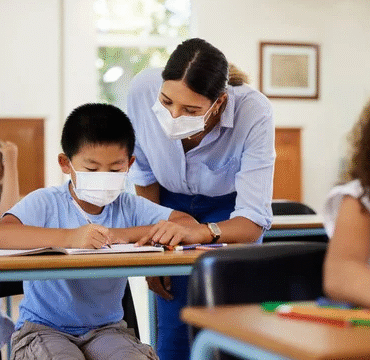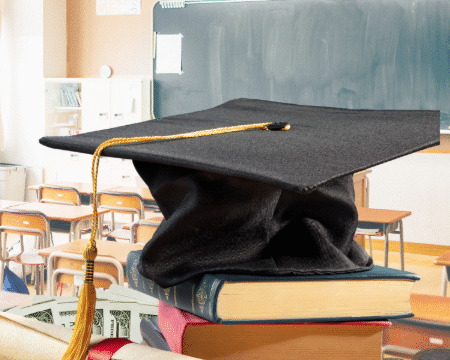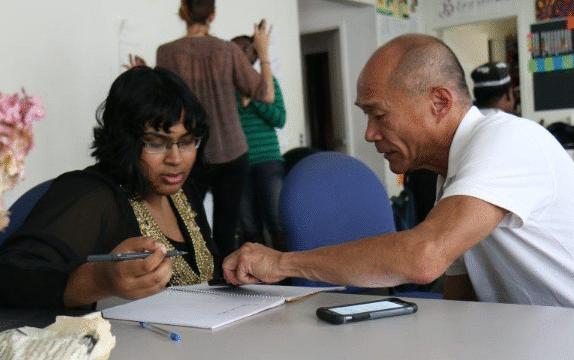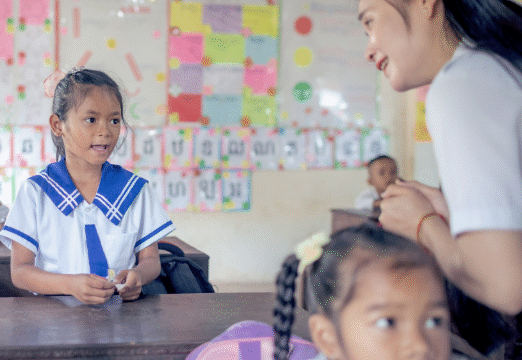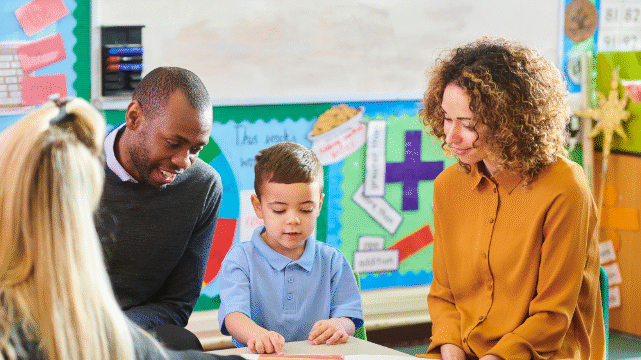Education has always been a powerful tool for shaping
societies and improving lives. In today’s world, it carries
an even greater responsibility: preparing people to
respond to the growing challenges of climate change. When we talk about “education for all,” we are not only speaking about providing equal access to classrooms and learning materials but also ensuring that knowledge equips people to understand the environment, make sustainable choices, and protect the planet for future generations. Linking universal education with climate action opens up opportunities to build more resilient communities and create a culture of responsibility toward the earth we all share.
Education for all is first and foremost about inclusion. Millions of children and adults still lack access to quality learning opportunities, particularly in rural areas and developing countries. Without education, communities may struggle to understand the causes of climate change or adapt to its effects. For example, farmers who do not have access to climate education might find it difficult to adjust their practices when weather patterns shift. By contrast, educated farmers can learn about crop diversification, soil protection, and water conservation, making them better prepared for changing conditions. This simple example shows how learning is directly tied to survival and progress in a warming world.
Another reason why education and climate change are closely connected lies in the power of knowledge to inspire action. Students who learn about the environment from a young age often carry these lessons into adulthood, making them more mindful about energy use, waste reduction, and conservation. Schools that integrate climate awareness into science, geography, and even literature lessons help build a generation of responsible citizens. In this way, universal access to education is not only a human right but also a practical solution for building a greener and more sustainable future.
Teachers play a vital role in this process. With the right training, educators can introduce complex ideas about climate change in ways that are easy to understand. They can show students how local issues connect to global trends, making the topic both personal and relevant. For instance, a lesson about rising sea levels can be linked to nearby rivers, wetlands, or coastlines, helping students see how global warming might affect their own communities. This type of learning strengthens the connection between people and their environment and makes them more likely to take meaningful action.
At the same time, education for all encourages innovation. When young people are given opportunities to study science, technology, and engineering, they can become problem-solvers for the climate crisis. Renewable energy, sustainable farming, clean water solutions, and waste management are all areas where fresh ideas are needed. If education is restricted to only certain groups, the world misses out on countless brilliant minds that could contribute to climate solutions. Ensuring that both girls and boys have equal opportunities to learn is especially important, since empowering women with education has been shown to improve community resilience and environmental stewardship.
Education also plays a major role in spreading awareness across generations. Parents who learn about sustainability from their children often adopt new habits at home, such as recycling, planting trees, or using less plastic. In this way, knowledge flows both upward and outward, creating wider change. Community education programs can extend these benefits even further, reaching adults who may not have had formal schooling. Workshops, local campaigns, and public awareness projects can provide essential knowledge about disaster preparedness, energy efficiency, and sustainable resource use.
Climate change education is not just about science; it is also about values. Schools can teach compassion, cooperation, and respect for the natural world. These values influence how individuals treat their communities and environments throughout their lives. By combining technical knowledge with ethical lessons, education ensures that people understand not only what climate change is but also why it matters and how they can respond in thoughtful and fair ways.
Governments and organizations around the world are recognizing the importance of integrating climate change into education systems. Initiatives that provide teachers with resources, update school curricula, and encourage hands-on environmental projects are already showing results. For instance, students who participate in tree-planting programs or school recycling projects often feel more motivated to take environmental action outside of the classroom. These experiences help transform abstract concepts into real, practical habits that last a lifetime.
Access to technology is another key part of this story. Online education platforms, radio lessons, and mobile learning apps can bring climate education to even the most remote areas. With digital tools, young learners and adults alike can access up-to-date information about the environment and learn from experts worldwide. This type of access bridges the gap between rural and urban communities, giving everyone the chance to be part of the global effort against climate change.
Of course, education alone cannot solve climate change, but it equips people with the knowledge and skills to act responsibly. Policy decisions, infrastructure investments, and international agreements also play crucial roles. Yet without an informed population, these measures may not succeed. Citizens who understand climate challenges are more likely to support green policies, participate in community projects, and hold leaders accountable. In this way, education strengthens democracy and collective action.
The link between education for all and climate change is also a matter of fairness. Communities that are most affected by climate change are often the least responsible for causing it. Ensuring that these communities have equal access to quality education helps level the playing field. It gives them the tools to adapt, advocate for themselves, and share their knowledge with others. This is a matter of justice as well as sustainability.
Looking ahead, the vision of education for all must go beyond reading, writing, and arithmetic. It must include climate literacy as a basic component of learning. Every student, whether in a city school or a rural village, should understand how their choices affect the planet and how they can contribute to solutions. Education that ignores the environment is incomplete, because it leaves students unprepared for one of the greatest challenges of our time.
In conclusion, education for all and climate change are deeply connected. Universal access to education gives people the knowledge, skills, and values needed to face environmental challenges with confidence and creativity. It empowers individuals, strengthens communities, and inspires global action. By investing in education that includes climate awareness, we build a world where fairness, sustainability, and progress go hand in hand. The classroom, whether physical or digital, is one of the most powerful places to begin the fight against climate change. It is where the seeds of a brighter, greener future are planted.

